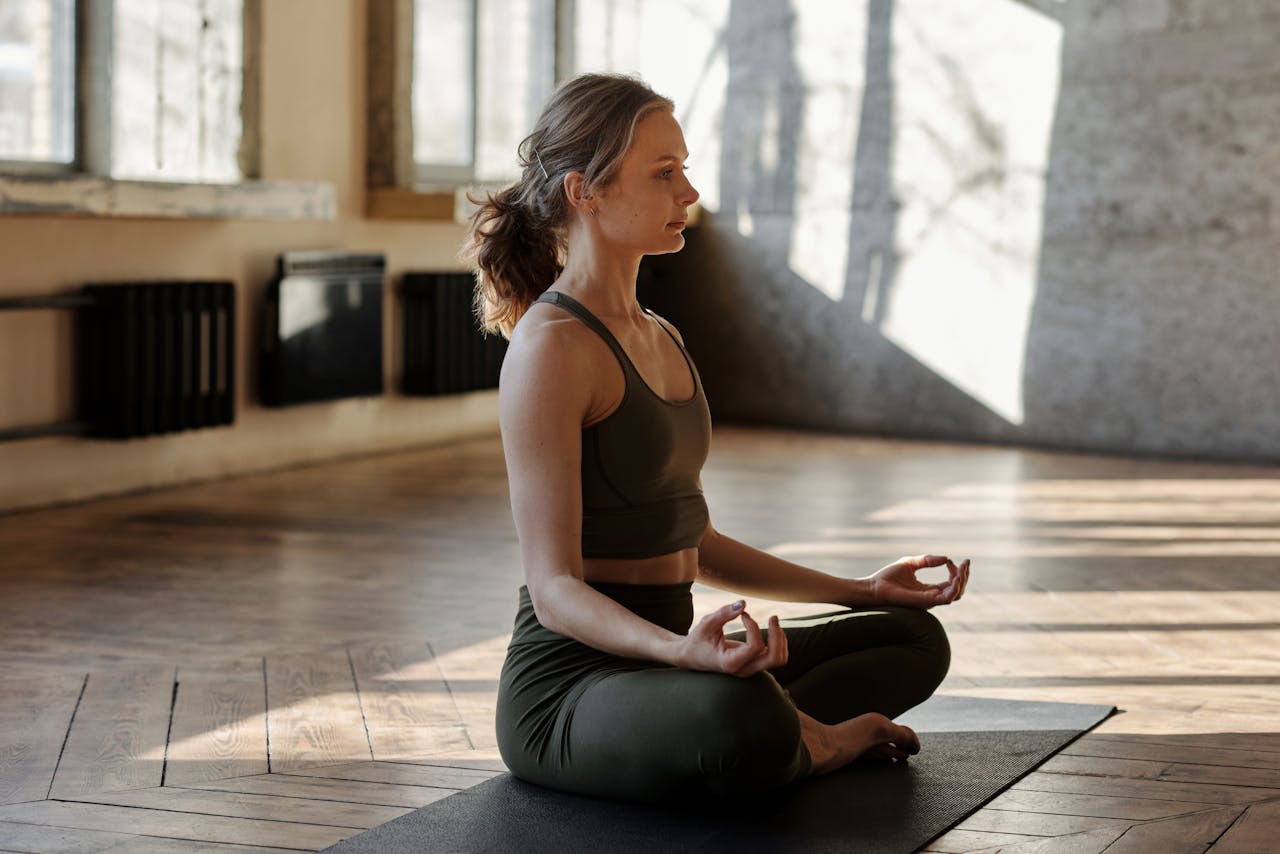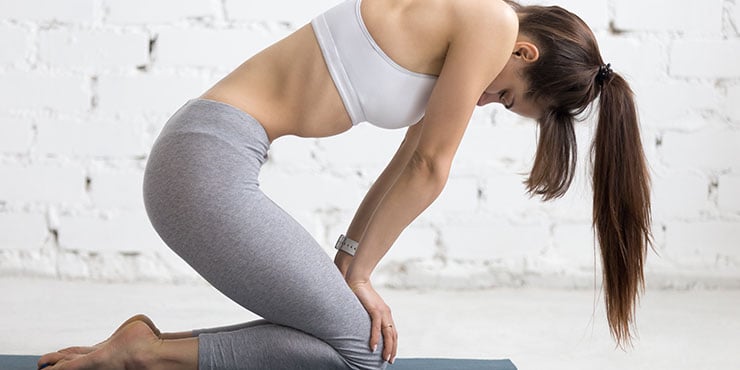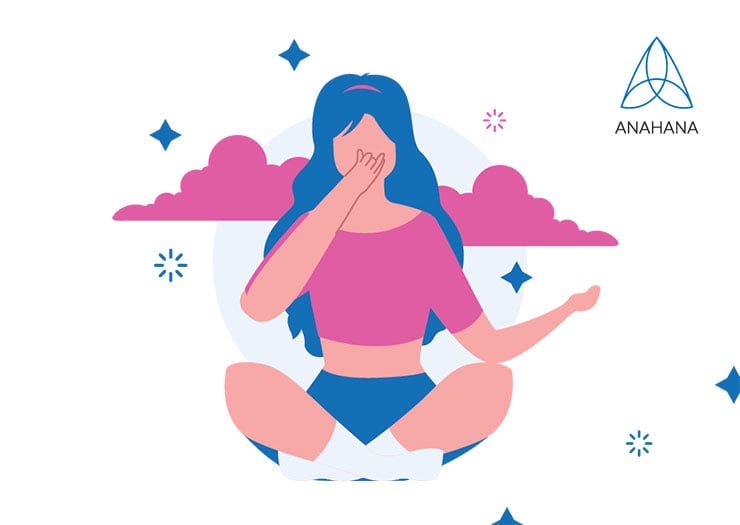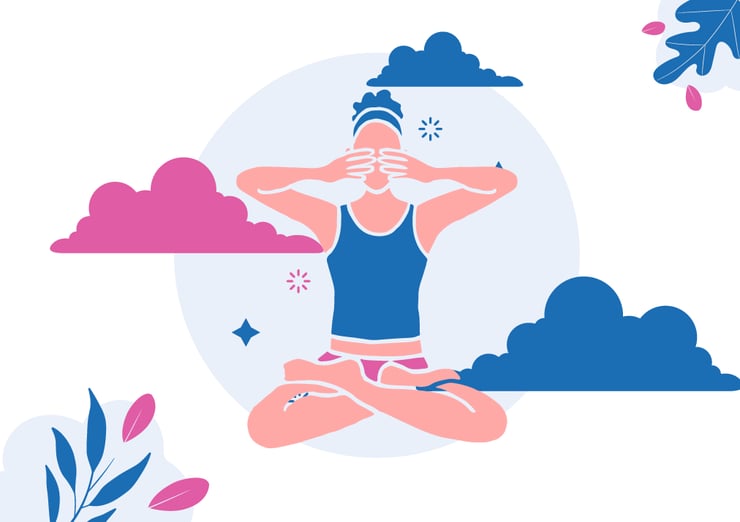
Table of Contents
Pranayama yoga is a type of yoga that focuses on the breath. This type of yoga can help to improve your respiratory system and also help to calm the mind. Anyone can do pranayama yoga, but it is often recommended for people who have asthma or other breathing problems.
The History Of Pranayama Yoga

Pranayama is a practice of yogic breathing that uses techniques and exercises focusing on the control and regulation of the breath. Scientists termed the method the nasal cycle. However, the phenomenon of pranayama has been known by yogis for close to 7000 years. It is mentioned in early yoga texts, including the Bhagavad Gita and Hatha Yoga Pradipika. Many pranayama techniques date back to ancient India and were established around the same time as yoga, in the sixth and fifth centuries BCE.
Pranayama is part of the eight limbs of yoga. It is the fourth limb, following Yamas, Niyamas, and Asana. Practicing pranayama can gradually draw the mind into a state of clarity, which prepares it for deep meditation.
Pranayama Yoga Today
The direct translation of prana is the vital life force, and Yama means control. Another translation of pranayama can be read as pran-ayama, where -Ayama means extension. In this case, pran- the breath is extended, and thus the life force, the amount of energy, and even the number of years in your life is increased through this practice. Pranayama focuses on one or more of the following breathing techniques: inhalation (puraka), internal retention (Antara-kumbhaka), exhalation (rechaka), and external retention (bahya-khumbaka). The exercises help clear emotional and physical blockage so the breath, and prana, can flow freely through the body.
Contemporary pranayama practices derive from their origins. However, it integrates modern knowledge with traditional yoga to refine techniques and better explain the psychological and physiological processes that occur during practice. Pranayama is arguably the second most popular yoga practice. It has been effectively used throughout the pandemic to speed up the lung function recovery of Covid-19 patients. Although some yoga breathing exercises require advanced techniques, many can be practiced by inexperienced practitioners.
Pranayama techniques teach breath control and flow. When practiced correctly, mindful breathing can help us activate our prana, or life force energy. This is a network of vital energy channels that pulsate through the body. Prana is a general reference in yoga that means manifesting the whole universe's life energies. The power of the vital life force flows inside and around us, and our breath is the most subtle form of prana in our bodies. It creates the energy of our consciousness that brings us into the present moment and regulates all of our body's physical functions.
Benefits Of Pranayama Yoga
Regular pranayama breathing allows the breath and prana to flow through the body, improving physical health and well-being. Here are some of the many benefits you may reap through frequent or daily practice:
Improves mental well-being: Several peer-reviewed studies suggest that pranayama improves emotional states by cleansing negative emotions for mental clarity. It modulates the brain activity and regions involved in regulating emotions (e.g., the amygdala, anterior insula, prefrontal cortex, and anterior cingulate). This demonstrates how four weeks of pranayama can reduce anxiety and depression levels. These changes are associated with the modulation of activity and connectivity in brain areas involved in emotional processing, awareness, and attention.
Sleep patterns: For those who have trouble falling asleep at night, pranayama may be suitable for you. It activates the parasympathetic nervous system, which relaxes the body and prepares it for rest. Some of the pranayama exercises you may want to practice before bed include left nostril breathing, humming bee breath, belly breathing, and 7-2-11 relaxing breath.
Supports a healthy cardiovascular system: Regular pranayama practice can benefit cardiovascular and autonomic variables. It improves lung function, cleanses the blood, reduces blood pressure and glucose levels, and lowers cholesterol. Each of these factors helps support a healthy heart and lowers cardiovascular risks.
Aids in digestion: Pranayama reduces the activity of our sympathetic nervous system. This is also known as our fight or flight mechanism. When we are under stress, and our body activates its’ fight or flight response, our digestive system takes a hit. We become more bloated, produce more gas, and suffer from constipation. Pranayama breathing exercises slow down our sympathetic nervous system supporting a healthy digestive system.
Yogic Breathing Exercises
Here are instructions on four of the most popular pranayama techniques. If you have any health concerns, be sure to learn pranayama with an experienced teacher.

Nadi Shodhana (Alternate Nostril Breathing): This pranayama helps balance the mind, body, and soul by breathing through the individual nasal passages. Begin by sitting cross-legged. Place one hand on your knee and exhale completely. Use your other hand to shut your right nostril and inhale deeply with the other. Close your left nostril with your spare fingers and open the right. Exhale completely. Inhale through the right nostril, then exhale completely through the left. Repeat this cycle ten times.
-
Benefits: Alternate nostril breathing purifies energy channels in the body. Moreover, it may lead to reduced anxiety, increased attention, and the ability to quit smoking.
Ujjayi Pranayama (Victorious Breath): This breathing exercise is often used in modern yoga classes. It recreates rhythmic sounds of ocean waves, or a humming sound, to help focus the mind and movement using your breath. To begin, find a comfortable position and breathe in through your mouth. Constrict the back of your throat by imagining you are trying to fog up a mirror. Then, close your mouth. Continue breathing through your nose while keeping the throat constricted. This concludes the first cycle. Continue for another five to ten cycles.
-
Benefits: According to the National Center on Health, Physical Activity, and Disability, ujjayi pranayama has the potential to release tension, improve your concentration, warm the core, and regulate the heating and cooling of the body.
Dirga Pranayama (Three-Part Breath): During this breathing technique, you will actively attempt to breathe into three separate parts of your abdomen. Lay on your back and breathe into your belly. Watch as it expands. When you feel it is full, draw more breath into the rib cage, then a tiny bit more into the chest. Begin to exhale, starting with the upper chest, then the rib cage, and lastly, the belly. Repeat this cycle for 10-20 breaths.
-
Benefits: Three-part breath can balance the nervous system and be used as a stress management activity over time. It lowers blood pressure, slows your heart rate, and improves breathing.

Bhastrika Pranayama (Bellows Breath): Begin sitting in either yoga postures, vajrasana, or sukhasana. Make a fist with both hands and fold your arms near your shoulders. Inhale, raise your hands, and open your fists. Take a strong exhale, bring your arms down beside your shoulders, and close your fists. Repeat this sequence for 20 breaths. Once you complete this sequence, relax with your palms on your thighs and take a few regular breaths. Repeat the process for two more rounds.
-
Benefits: This yogic breathing exercise effectively energizes the body and mind. By maximizing our lung capacity, we will cleanse our bodies of toxins and impurities and improve our respiratory issues and awareness.
Here are some other pranayama exercises that are beneficial for health and wellness:
-
Pingala Nadi (right nostril breathing)
-
Kapalabhati (skull shining breath)
-
Surya Bhedana pranayama
-
Bhramari pranayama (bumblebee breath)
Risks And Contraindications
Although there are many benefits to pranayama, it is not suitable for everyone. Those who are menstruating or pregnant may want to avoid the practice. In addition, breath retention exercises are not recommended for those who have issues with their blood pressure or heart. If you have any questions or concerns, consult with your doctor or a health professional before starting pranayama practice.
Frequently Asked Questions
What to do first, pranayama or yoga?
If you wish to perform both pranayama and asanas, practice yoga asanas first. Furthermore, pranayama is best practiced on an empty stomach. Participating in asana practice first can give your body more time to digest, and the postures can trigger the organs to speed up digestion. Once you are finished practicing asanas, relax in savasana before performing pranayama. Do not do any vigorous exercise after pranayama.
What is kundalini yoga pranayama?
Kundalini yoga also called the yoga of awareness, involves chanting, repetitive poses, singing, and breathing practices. It utilizes a wide range of pranayama, including kapalabhati pranayama, to manage different states of relaxation, well-being, and consciousness. This is to activate your kundalini energy, also known as shakti, the spiritual energy located at the base of your spine.
When to practice pranayama?
Pranayama can be practiced at any time of day, although some people prefer to do it first thing in the morning or last thing at night. It is best to practice on an empty stomach so that you are not distracted by hunger or fullness.
Is pranayama a form of meditation?
Pranayama and meditation do share some similarities in aspects such as concentration and breathing exercises. However, meditation and pranayama are not the same, and pranayama is not a form of meditation. Meditation is a practice of cultivating awareness of our thoughts. In contrast, pranayama improves breath retention and awareness of prana flow. Both yoga breathing exercises will bring harmony to mind and soul in unique ways.
References
The Indian Breath: 8 Types Of Pranayama Breathing Techniques And Their Benefits
Benefits of Ujjayi Breathing and How to Do It
ALTERNATE-NOSTRIL Breathing benefits and risks.
Learn Bhastrika Pranayama (Bellows Breath)
Disclaimer
The contents of this article are provided for informational purposes only and are not intended to substitute for professional medical advice, diagnosis, or treatment. It is always recommended to consult with a qualified healthcare provider before making any health-related changes or if you have any questions or concerns about your health. Anahana is not liable for any errors, omissions, or consequences that may occur from using the information provided.

By: Anahana
The Anahana team of researchers, writers, topic experts, and computer scientists come together worldwide to create educational and practical wellbeing articles, courses, and technology. Experienced professionals in mental and physical health, meditation, yoga, pilates, and many other fields collaborate to make complex topics easy to understand. Anahana is also home to specialists in crystals, tarot, angel numbers, astrology, life path numbers, zodiac signs, and horoscopes. By combining evidence-based wellness with spiritual and energetic practices, the team offers clear, trustworthy guidance for both mind-body health and modern spirituality.